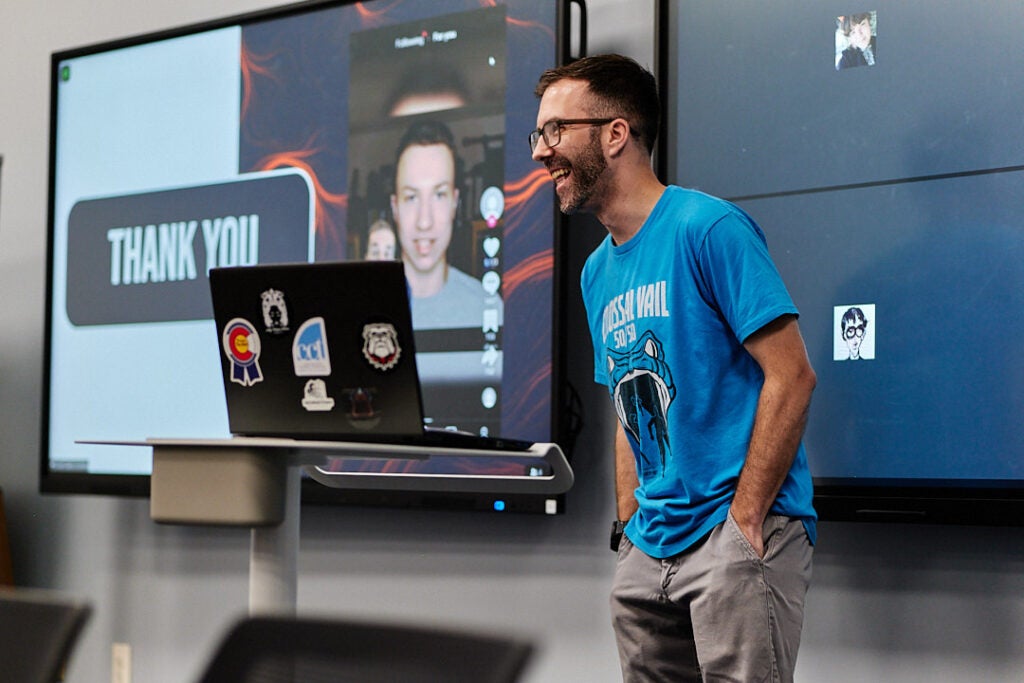Class Projects
“If, as we are commonly told, digital computing has revolutionized our world, we need new ways of studying and understanding that world. CCT is a great place to tackle these challenges. Our students actively pursue new models of interdisciplinary knowledge, and, more importantly, they demonstrate these models in class projects and research.”
– Dr. J.R. Osborn, core faculty


